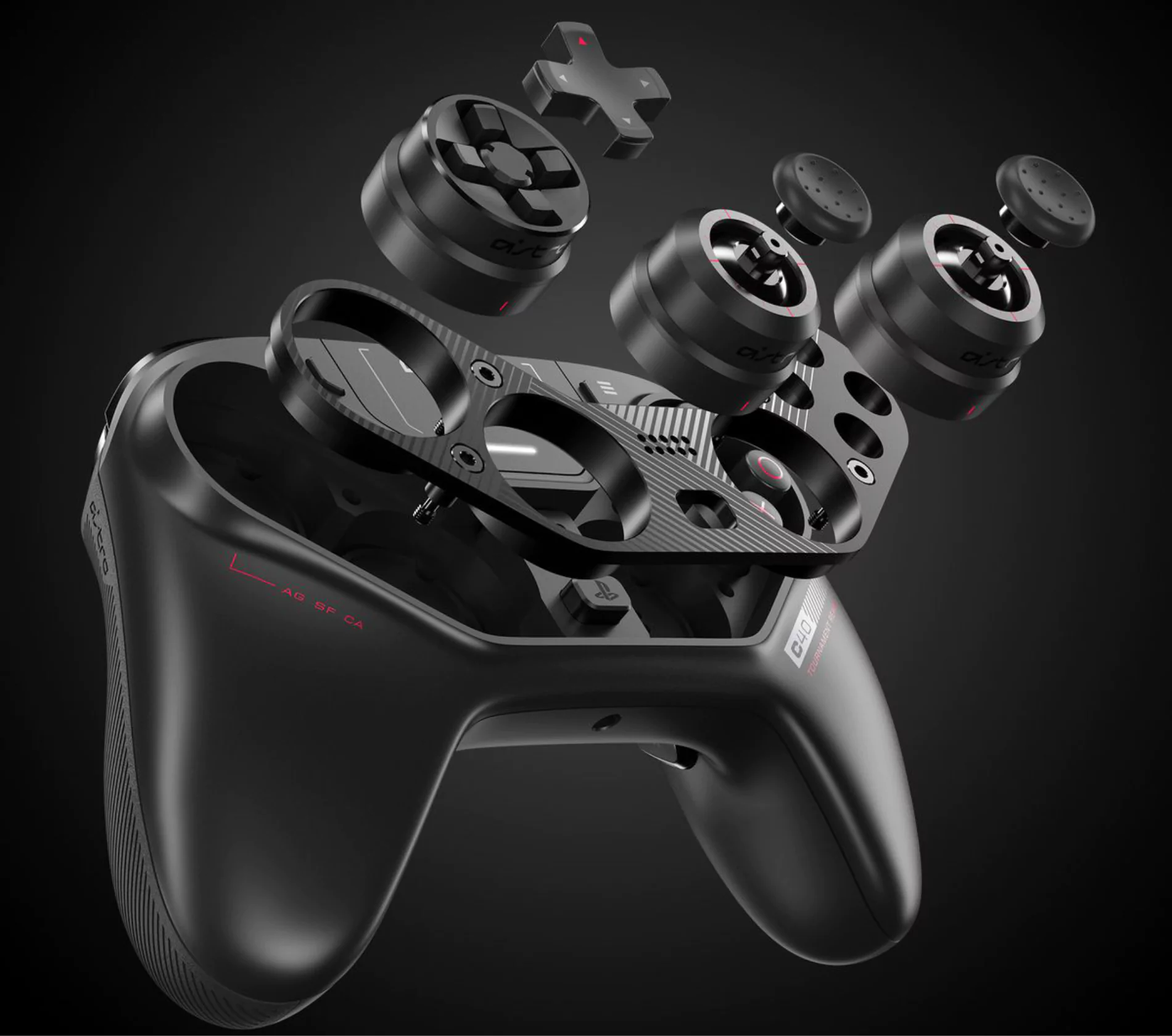Effective visual marketing strategies are crucial for capturing consumers’ attention and driving sales. One powerful tool that has revolutionised the way products are showcased is 3D Product Rendering Services. Before understanding more about Product rendering, let’s understand what visual marketing is. Visual marketing is the use of images, videos, and other visual elements to communicate a brand’s message and promote its products or services. It helps businesses create a strong brand identity and stand out in a crowded market. With product rendering, businesses can create photorealistic images of their products that are more engaging and memorable than traditional product photography. This allows them to showcase their products in a more creative and impactful way, which can help them attract more customers and increase sales!
What are Visual Marketing Strategies?
Visual marketing refers to the strategic use of visuals, such as images, videos, infographics, and other visual elements, to communicate messages, promote products or services, and engage with the target audience. It involves the deliberate selection, creation, and presentation of visual content to convey information, evoke emotions, and influence consumer behavior, find additional information in the accompanying piece 3D Visualization in Healthcare Transforming Medical and Patient Education
In today’s digital age, where attention spans are short and competition for consumers’ attention is fierce, visual marketing, (Read this article Revolutionizing B2B Video Marketing with the Power of 3D Rendering) has become increasingly important. Visuals have a powerful impact on human cognition and perception, often delivering information more effectively and engagingly than text alone. They have the ability to capture attention, evoke emotions, and make a lasting impression on viewers.
Visual marketing encompasses various strategies and techniques to leverage visuals for marketing purposes. This includes creating visually appealing and cohesive brand identities through the use of logos, color schemes, and typography. It also involves the development of compelling visual content for advertisements, social media campaigns, websites, and other marketing channels, The Power of Visualizing: How 3D Product Rendering Boosts Marketing Campaigns.
The goal of visual marketing is to communicate brand messages, showcase products or services, and create meaningful connections with the target audience. By strategically employing visuals, marketers can enhance brand recognition, convey the unique selling points of their offerings, and influence consumer perceptions and purchasing decisions.
What is 3D Product Rendering?
It refers to the process of creating realistic and highly detailed digital representations of products through computer-generated imagery (CGI). By leveraging advanced software and techniques, product rendering has become an invaluable asset for businesses across various industries.
The primary objective of visual marketing is to communicate the value and appeal of a product to potential customers. Traditional methods of product photography often have limitations, such as the need for physical prototypes, costly setups, and limited flexibility for modifications. 3D Product rendering overcomes these challenges by offering unprecedented control and flexibility. With product rendering services, marketers can create lifelike and customizable virtual representations of products, showcasing them from any angle, in various lighting conditions, and within different environments.
One of the key advantages of product rendering is its ability to generate visually stunning and attention-grabbing imagery. With the ability to control every aspect of the virtual scene, including colours, textures, reflections, and shadows, marketers can create highly compelling visuals that evoke emotions and spark desire in consumers. Moreover, product rendering allows for the creation of photorealistic images that are indistinguishable from actual photographs, enabling businesses to showcase products before they even exist physically.
Furthermore, product rendering facilitates efficient iterations and modifications throughout the design and marketing process. Marketers can easily make changes to the virtual product without the need for costly reshoots or physical prototypes. This agility enables rapid experimentation and adaptation, ensuring that the product’s visual presentation aligns with evolving market trends and consumer preferences.
In conclusion, product rendering has emerged as a powerful tool for enhancing visual marketing strategies. Its ability to create realistic, customizable, and visually captivating product representations empowers businesses to effectively communicate their brand’s message, engage consumers, and drive sales. By embracing product rendering, companies can gain a competitive edge in a visually-driven marketplace and create impactful marketing campaigns that resonate with their target audience:
The Importance of 3D Product Rendering for Visual Marketing Strategies
3D product rendering plays a significant role in enhancing visual marketing strategies. Here are some key reasons highlighting its importance:
Realism and Detail
3D product rendering allows marketers to create highly realistic and detailed digital representations of products. The level of precision and accuracy achievable through 3D rendering is often indistinguishable from actual photographs. This realism helps consumers visualize the product more effectively, showcasing its features & advantages, materials, and design elements with utmost clarity.
Customizability and Flexibility
With 3D product rendering, marketers have complete control over every aspect of the virtual product. They can easily modify colors, textures, lighting, and other visual elements to align with branding guidelines, target audience preferences, or specific marketing campaigns. This flexibility enables the creation of tailored visuals that resonate with consumers and enhance brand messaging.
Cost and Time Efficiency
Traditional product photography involves the production of physical prototypes, setting up elaborate photoshoots, and often requiring reshoots for any desired changes. In contrast, 3D product rendering eliminates these constraints, saving both time and money. Marketers can create, modify, and update virtual products without the need for physical prototypes or extensive logistics, resulting in faster turnaround times and cost-effective marketing campaigns.
Showcasing Variations and Configurations
Many products offer variations, color options, or customization features. 3D rendering enables marketers to showcase these options without the need for physically producing and photographing each variation separately. They can create virtual product configurations, allowing consumers to see different options and make informed choices. This capability enhances the customer experience and simplifies the purchasing process.
Visual Experimentation and Innovation
3D rendering empowers marketers to experiment with different visual concepts and creative ideas without the constraints of physical limitations. They can test multiple visual presentations, explore various lighting conditions, backgrounds, or compositions, and iterate rapidly to find the most effective marketing visuals. This creative freedom fosters innovation and enables marketers to push boundaries in their visual marketing strategies.
Enhanced Online Shopping Experience
With the growth of e-commerce, consumers heavily rely on product visuals to make purchase decisions. 3D product rendering provides high-quality visuals that enhance the online shopping experience. It allows customers to view products from different angles, zoom in for close-ups, and interact with virtual models. This immersive experience increases consumer engagement, boosts confidence in purchasing decisions, and reduces the likelihood of returns.
In summary, 3D product rendering offers immense benefits for visual marketing strategies. Its ability to deliver realism, customization, cost efficiency, and enhanced online experiences makes it an invaluable tool for marketers. By leveraging 3D product rendering, businesses can captivate their audience, differentiate their products, and drive sales in an increasingly visual-oriented marketplace. Furthermore, 3D product rendering allows for the creation of high-quality images and videos that can be used across multiple platforms, including social media and e-commerce websites. This versatility enables businesses to reach a wider audience and showcase their products in a more engaging and interactive way.





